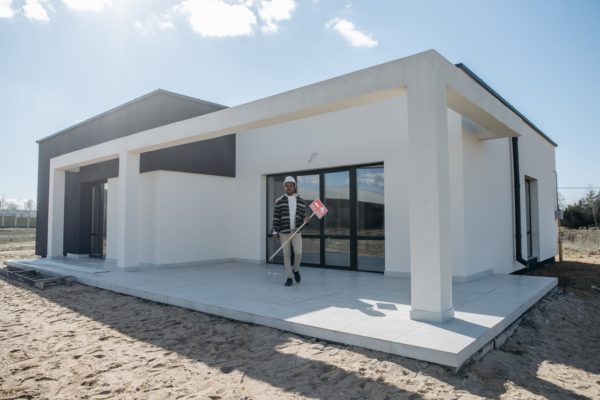The current housing market is ripe with low-interest rates, low supply and lots of demand. But is this another real estate bubble that is bound to burst, like the crash in 2008? Absolutely not, economists argue, citing the presence of stringent lending and underwriting guidelines as the barriers to another real estate bubble burst.

The average purchasing price for a home in the U.S. is currently $400,000, and prices are steadily increasing. And since last year, six million homes have been sold, a rate that only surpasses the last real estate boom in 2006, according to recent reports. On the surface, the current housing boom might cause pause for concern when considering how the real estate crisis of 2008 caused the Great Recession, wiping out $16 trillion of home value.
High Demand and Strict Lending Guidelines
However, the current real estate boom is not marked by relaxed lending standards, the cause of the last real estate bubble. Instead, today’s housing market is characterized by consistent supply and demand of homebuyers meeting select credit scores and a debt-to-income ratio. In the last housing boom, risky mortgages were approved and carried high variable interest rates, often to borrowers with poor credit.
“We say bubble because we can’t believe how much prices have gone up,” CNBC real estate correspondent Diana Olick said. “A bubble tends to be something that’s inflated that could burst at any minute and change and that’s not really the case here.”
A real bubble happens when “asset prices are pushed above fundamental value by speculation that the price gains will keep coming,” Forbes reported. The current housing situation does not fit the definition of a bubble.
While subprime mortgages made up 20 percent in 2006, between 2009 and 2014 they only made up one percent of all U.S. mortgages.
“There is a lot of skin in the game and ability to repay is a larger consideration,” Jeff Taylor, a board member at the Mortgage Bankers Association told Quartz.
Housing Market Meets Supply and Demand
In addition, greater demand for houses will also make a real estate bust less likely. During the pandemic, interest rates dropped while the supply of homes on the market dwindled. The reasons: homeowners making a decision not to sell, mortgage forbearance for people who could not make their payments as well as labor and supply chain shortages of new home construction. These factors reveal that while housing prices are skyrocketing, there is demand from potential homebuyers who can truly afford to pay a mortgage.
Millennials Enter The Homebuying Process
The Great Recession that happened between 2008 and 2009 was largely caused by the real estate bubble burst. This delayed the home-buying process for many people between the ages of 25 and 40, who are now ready to purchase a property. The need for more space at home coupled with lower interest rates has made purchasing a home a much more viable option for millennials. At present, an estimated 42 percent of millennials own homes, according to the US Census.
And the demand for property to purchase may ultimately lead to more homes being built — also allowing the U.S. to avoid another collapse.




